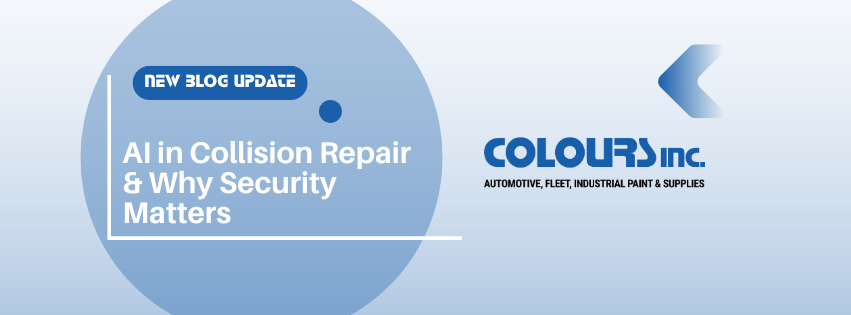Who’s Watching the Bot?
At the turn of the century, collision repair was simple — damage was obvious and teardowns told the full story. These fundamentals remain, but AI is now reshaping estimation and operations.
AI tools can instantly process photos, generate pre-repair estimates, and feed sales funnels. But the same tech that accelerates operations can also manipulate images or data. The key question becomes: who’s monitoring the bot?
Securing AI: Industry Insights
Veterans in the collision repair industry are already addressing the issue. Many are testing AI tools in real-world shops or working with insurers to ensure oversight and accuracy.
BodyShop Booster founder Ryan Taylor points out that most AI security is built on the infrastructure of major cloud providers such as Google LLC, Microsoft and Amazon. While they “defer to their protocols,” they also run internal tests to check for vulnerabilities.
Meanwhile, in Southern California, veteran shop operator Ali Jakvani and his partners are developing an AI operations tool with cybersecurity firm Strat24. Their system will issue a cryptographic receipt for each estimate action — enforcing compliance with DRP, OEM and insurer rules and building a neutral trust layer.
Fraud, Insurers & Pre-Estimates
Insurers are increasingly using AI to detect whether damage photos or estimates have been manipulated — and fraud, according to Taylor, “is going to an all-new high right now.”
Big insurers are embedding metadata capture, geolocation tracking, and invisible digital watermarks to flag altered images. The challenge: modern cameras often apply built-in AI enhancements (lighting, contrast) that can muddy the fraud detection waters.
While these developments don’t impose immediate action on repair shops, operator awareness is important — especially for those with insurer relationships. Manipulated or over-enhanced photos may trigger scrutiny.
What Shops Can Do Today
Clarify with customers that photo-based, AI-generated estimates are preliminary — real inspection follows.
Prioritize face-to-face interactions. As AI handles more, human trust still matters.
Stay updated on what your insurer, tech vendor or OEM partner is doing in AI-security.
As Campbell at City Centre Collision says, customers generally understand that initial photos don’t capture everything. And Mandil at Otto adds: “It’s not in the customer’s best interest to doctor a photo.”
The takeaway: AI is accelerating the collision-repair industry — but smart shops will stay one step ahead by combining technology with human oversight.
Source: “AI Work Progressing on Security Issues, Insurance Fraud Concerns,” Autobody News.
